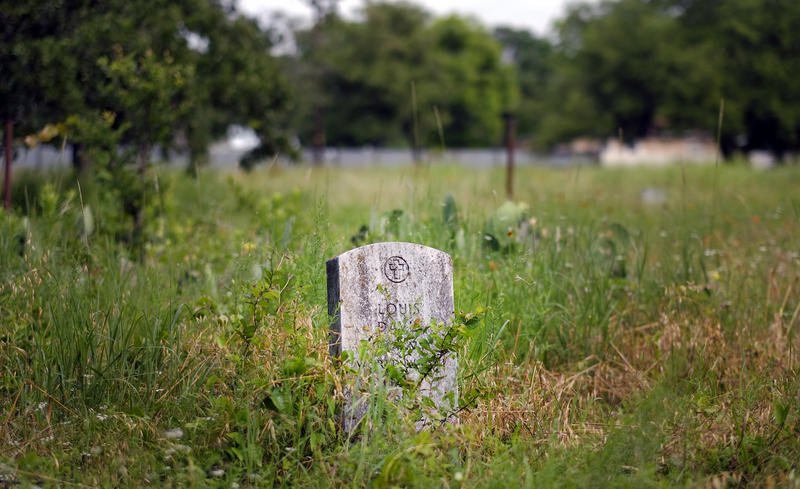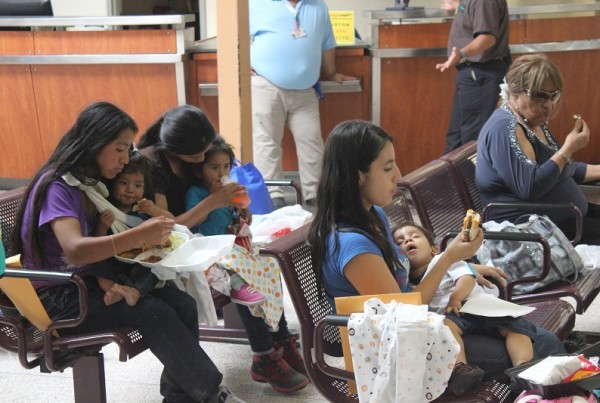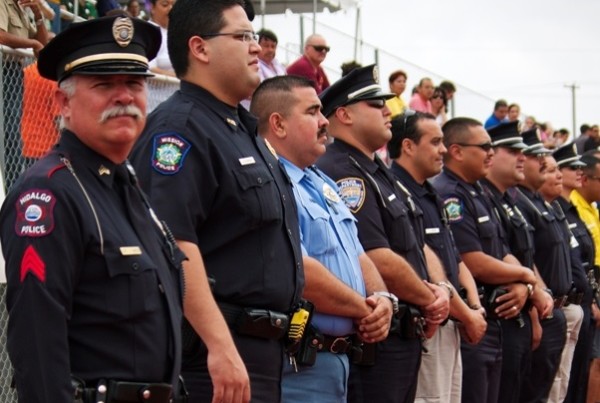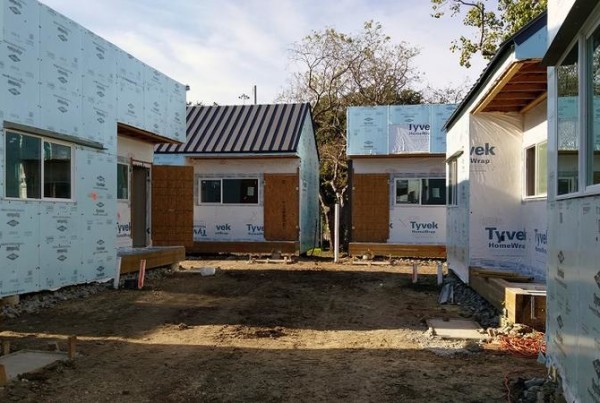From KUT:
At the small, overgrown Burditt Prairie Cemetery in Montopolis, headstones peek out from the grass and weeds. Adama Brown has been visiting there since she was a kid. A lot of her family members are buried there.
“I’m a sixth-generation Texan.”
Burditt Prairie Cemetery is named for a family that owned a cotton plantation there.
“My family members, ancestors, were slaves who worked the Burditt plantation, and ended up taking the Burditt name,” Brown said.
This was originally a cemetery for enslaved people, like Brown’s ancestors. Later the area became a Freedom Colony – a self-sufficient community created by emancipated slaves. And Burditt Prairie was the community’s cemetery.
It’s still being used today, although upkeep is questionable.
Brown’s grandfather’s grave lies somewhere in the cemetery’s deep grass.
Like a lot of graves there, it’s unmarked, and after searching for a while Brown gave up – the grass was just too high for her to recognize the spot.
Brown is part of the cemetery association that looks after Burditt Prairie. The group is concerned, because a developer is planning to build next to the cemetery, where there could be several unmarked graves.
Archeologist Fred McGhee is also a part of the cemetery association. As he worked his way through the thigh-high weeds in the grounds behind the cemetery – the developer’s land – with his “big machete,” he pointed out a big mound in the ground.
It’s maybe five feet high, and, he said, it has “what looks like about an 8-foot cross sitting right on top of the hill. Now you don’t have to be an expert in mound-building to know that that looks pretty interesting.”
Then he spotted something else.
“Right by this tree is a piece of limestone that looks conspicuously like a portion of a headstone. And there’s various indentations in this portion of their lot that look like grave shafts. You need to find out what that is.”
With old cemeteries like this one, which dates back to the 1850s, archaeologists say boundaries can be elusive, and unmarked graves are common – some have been found as far as 200 feet outside cemetery bounds.
But the developer isn’t required by law to do any surveying before starting construction. It’s only if they actually unearth a grave that rules kick in.















